2015, San Antonio de Areco, Buenos Aires, Argentina
The aim of this project was to afforest, with native species, the sidewalks of two bare blocks in the
town of Villa Lía. These two blocks were chosen because 52 new houses have been recently constructed in the area. The project has many benefits including the environmental benefits, and community participation in the implementation of this project.
To ensure the sustainability of this project, the students also had the idea of creating a commitment 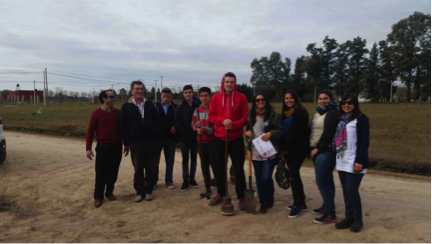 contract in which the neighbours commit to maintaining the species planted along the sidewalks.
contract in which the neighbours commit to maintaining the species planted along the sidewalks.
The students were mentored by Gabriel Burgueño, a biodiversity specialist, who educated them and assisted in the selection of native trees.

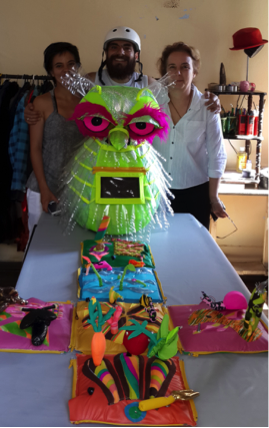
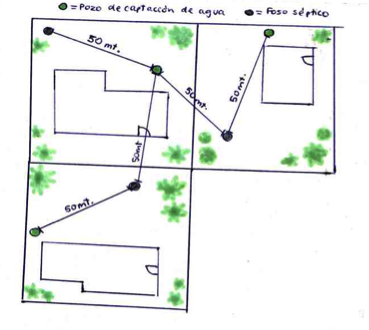
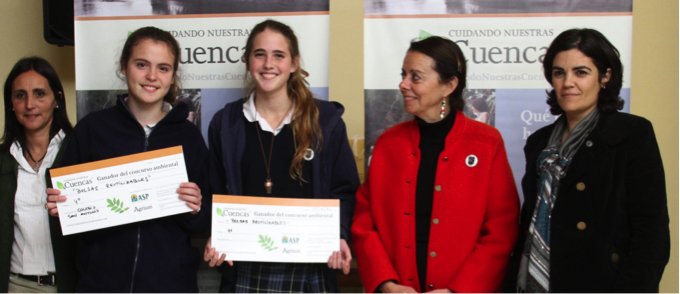

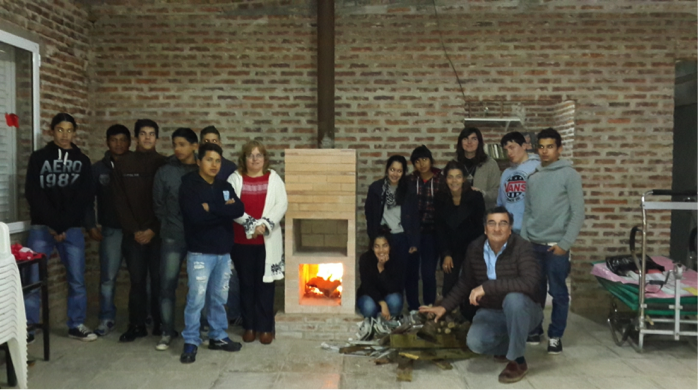
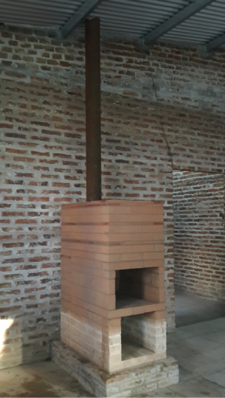
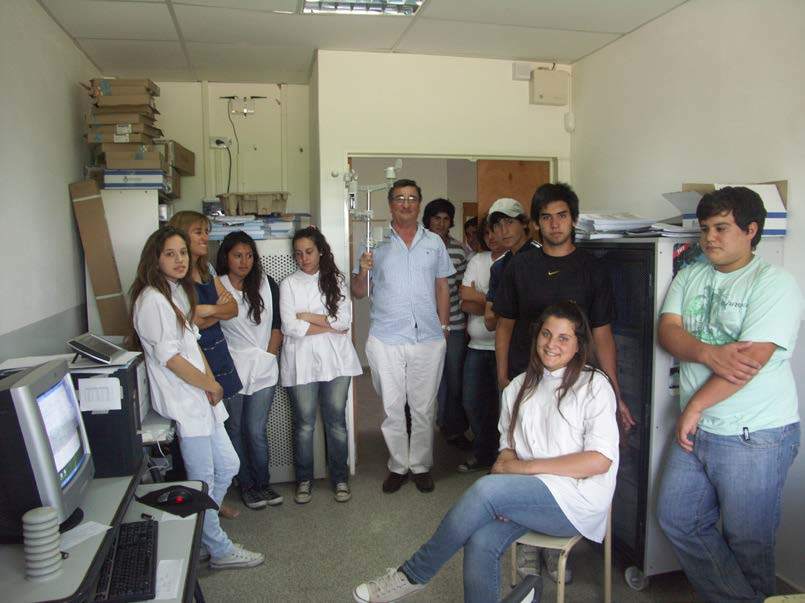
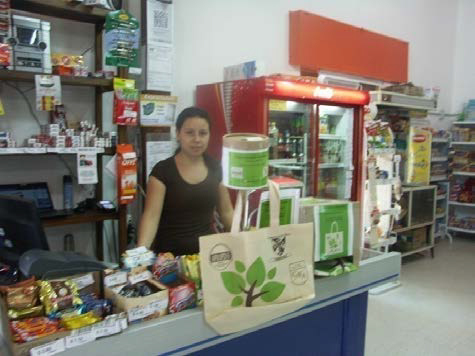
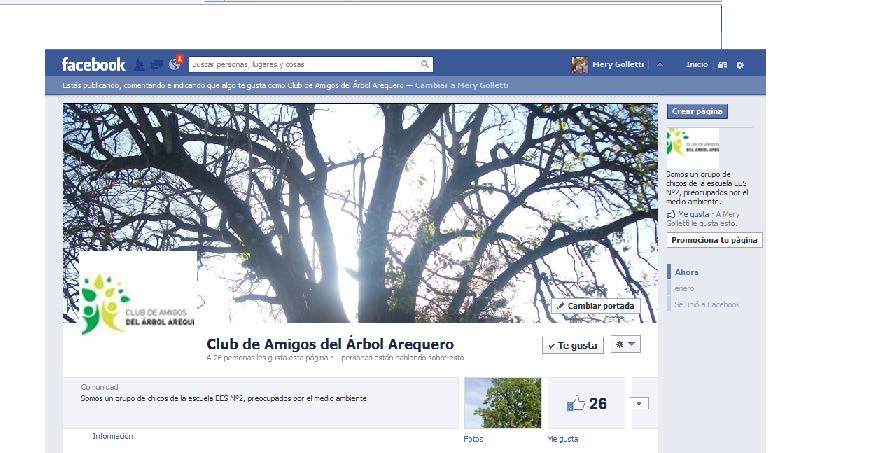
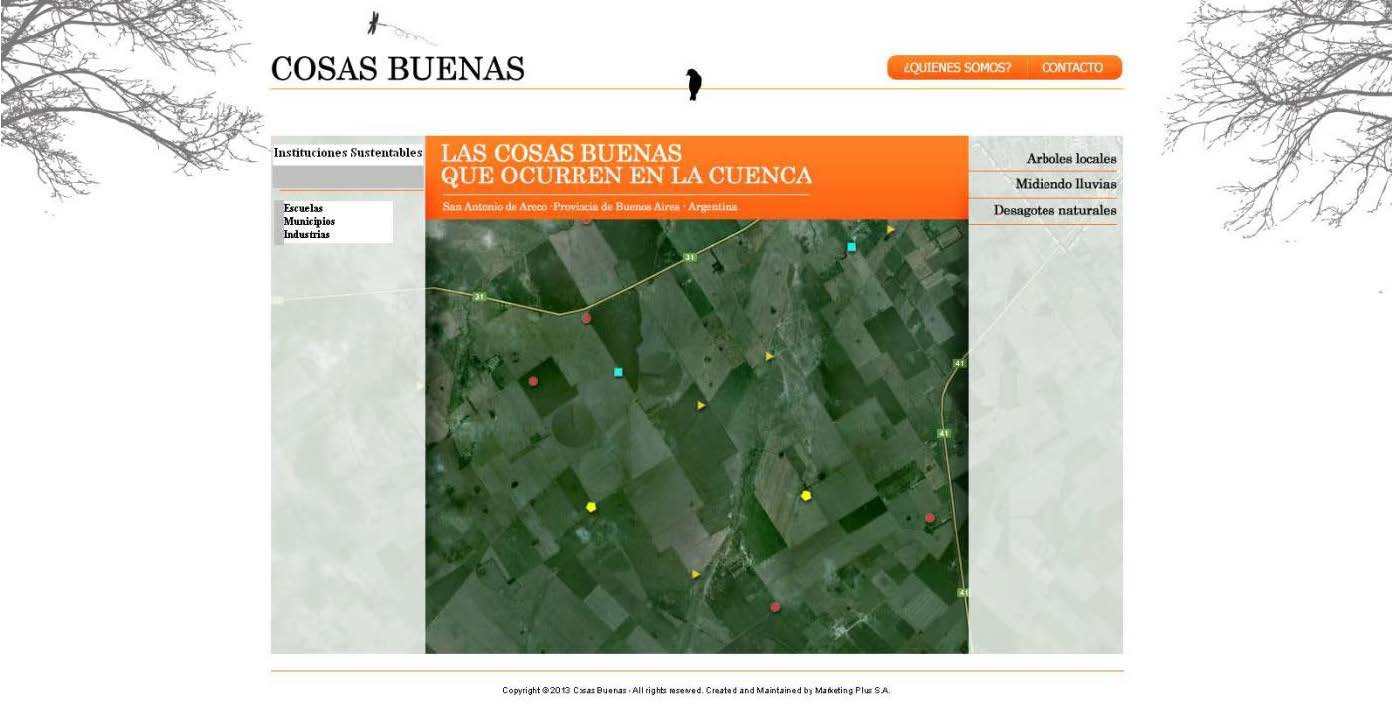 viewable on the web, and illustrates beneficial actions that have been done in the Areco River. The display will be organized and linked to manuals with explanations. The proposal divides the actions into the following segments: agriculture, stockbreeding, industrial, schools/institutions and communities. Specialists of each segment will choose and add information to the database on environmentally friendly actions that benefit the San Antonio watersheds.
viewable on the web, and illustrates beneficial actions that have been done in the Areco River. The display will be organized and linked to manuals with explanations. The proposal divides the actions into the following segments: agriculture, stockbreeding, industrial, schools/institutions and communities. Specialists of each segment will choose and add information to the database on environmentally friendly actions that benefit the San Antonio watersheds.